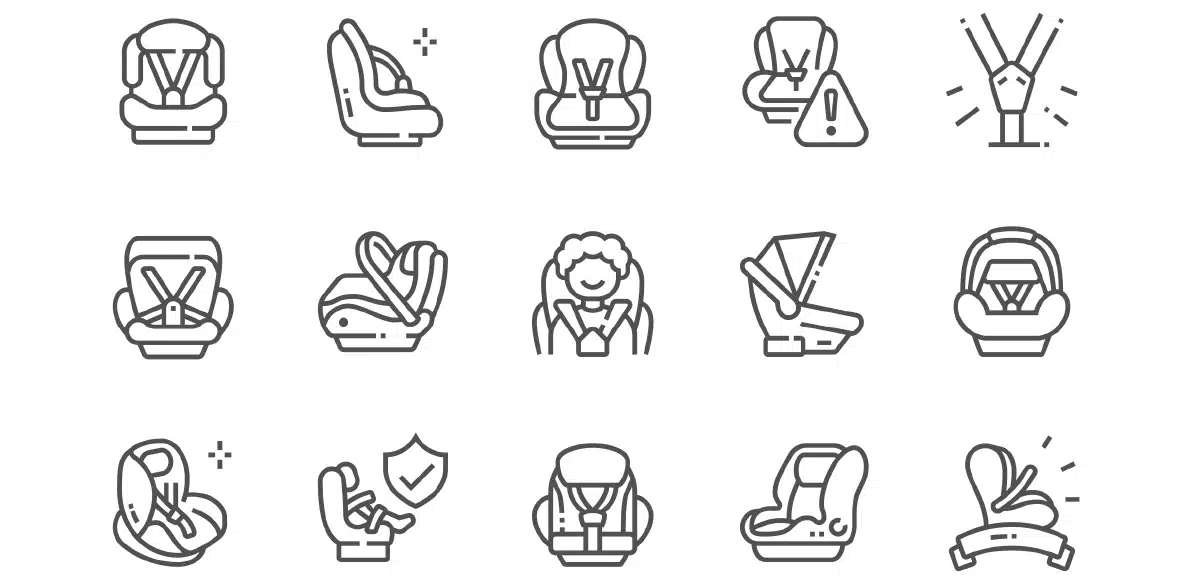Innovations in child restraint systems
When it comes to choosing a child restraint system for your children, stick to what’s important

Road Safety
There are currently few markets as competitive as that of child restraint systems. The constant pursuit of product innovation means that each year brings new products with new developments. Twenty years ago, in a childcare store you could find, at most, two or three models of child car seats for each age group, whereas today the options are almost endless.
Restraint systems with fans for warmth, with lights of all kinds, rotating and extendable, and those that recline to a horizontal position.
At times, child restraint systems have become very expensive luxury “seats” for carrying our children in the car, but in many cases, in the majority of cases even, the focus is no longer on the main function of these systems.
It is important to remember that the main function of a child restraint system is to safeguard the physical integrity and life of the child, avoiding injuries that could occur in the event of a traffic accident. This, and no other, should be the main reason we buy a child seat.
In short, it is a similar device to the airbag in the car: its function will only be tested in the worst-case scenario, but we expect the best possible results, not normal or good, but excellent, because the stakes are so high.
Innovation in a product must make sense and, in a child restraint system, innovation must never go against safety; in many cases this is not the case.
Child restraint systems are tested through a series of tests, carried out using crash test dummies, which give us certain information about the seat’s behavior in the event of a collision, but we never obtain all the necessary information. This is where the good practices of the manufacturers of these products must discriminate the coherent from the absurd or dangerous.
Understanding that these seats are not designed to protect test dummies but real children is something we must not forget, so as consumers of these products we must assess, using common sense, our needs when purchasing a child restraint system. We should only opt for those that guarantee adequate performance in the event of a collision and not get distracted by other details of the product.
Fortunately, it is becoming increasingly common for stores and manufacturers to offer advice on how their products work in the event of a collision, so that we can really understand how the device we are going to buy for our child works and we can separate the important features from the mere accessories.
